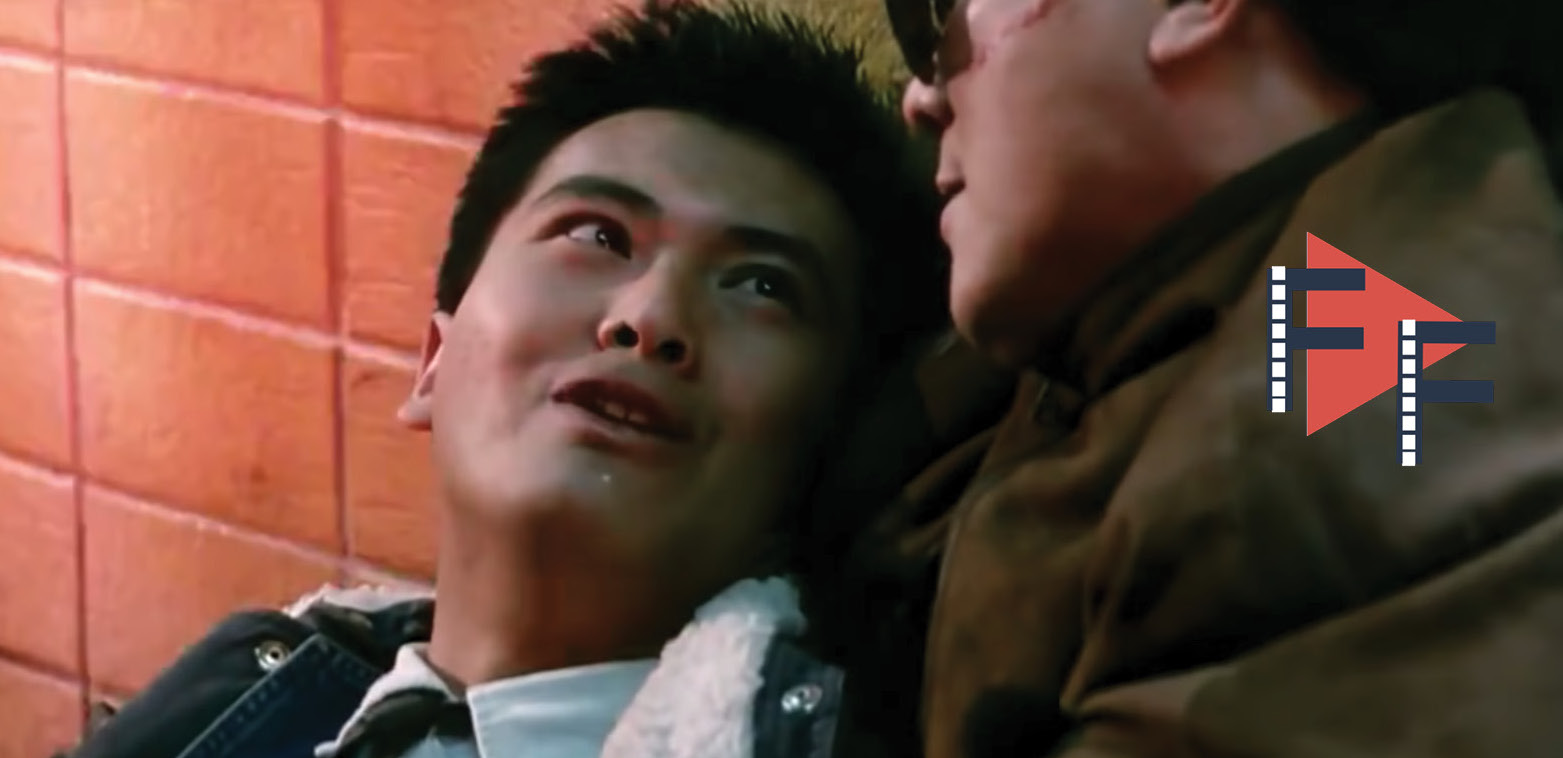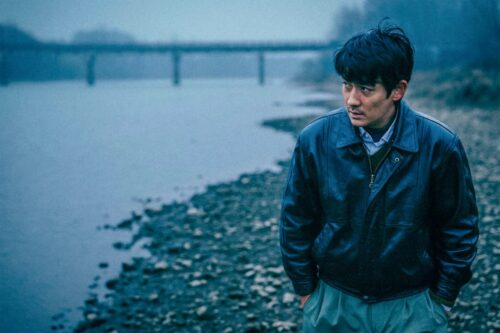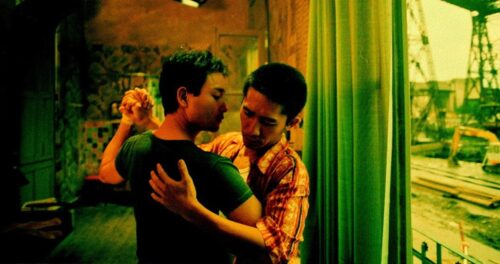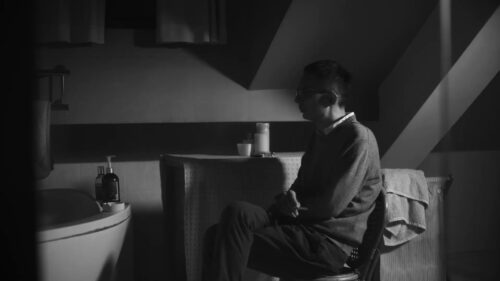‘City on Fire’: Behind the story and influence of Ringo Lam’s classic

City of Fire, the film that inspired Quentin Tarantino’s Reservoir Dogs, is a masterclass in the Hong Kong crime genre.

Since the 1980s, the Hong Kong film industry has been notorious for its crime-themed action movies, pumped full of hard-boiled cops, honorable gangsters, and blood-soaked shoot-outs. This “heroic bloodshed” genre, named for the violence and the themes of brotherhood and duty typically seen in these movies, is most famously represented by John Woo 吴宇森. Gangster movies like The Brothers 差人大佬搏命仔 (1979) and Long Arm of the Law 省港旗兵 (1984) paved the way for the heroic bloodshed film, but it was really Woo’s A Better Tomorrow 英雄本色 (1986) that set it off.
Woo’s work greatly influenced and dominated the heroic bloodshed film, and he’s much better-known abroad than the other Hong Kong filmmakers who dabbled in the genre during the late ’80s and early ’90s. Of course, Woo wasn’t the only great director making heroic bloodshed films during the time. Although not as famous internationally, the late director Ringo Lam 林岭东 also helped to pioneer the genre. Lam, who passed away in December 2018, directed over two dozen movies. While Lam made more than just action movies, and sporadically directed through the 2000s and 2010s, his early thematic trilogy of City on Fire 龙虎风云 (1987), Prison on Fire 监狱风云 (1987), and School on Fire 学校风云 (1988) shine as his best work.
None of these movies share any characters or plots, but they all focus on the criminal underbelly of Hong Kong society. City on Fire stars Chow Yun-fat 周润发 as an undercover cop who ends up entwined with a gang of jewelry store robbers. Prison on Fire, also made with Chow, follows the experiences and friendship of two prison inmates. School on Fire concerns a teenage girl and the teenage gangsters who terrorize her school and neighborhood. All three are amazing in their own right, but City on Fire is a particularly special work, due to its influence on action movies both in Hong Kong and abroad.
Years before Lam made a name for himself for gritty crime movies, he worked in Hong Kong television, directing the episodes of drama series like A House Is Not A Home 家变 (1977). After studying film in Canada for three years, Lam’s first work fresh from abroad was the ghostly love story Esprit d’amour 阴阳错 (1983). For his fourth stint as director, Lam directed the fourth entry of the spy spoof series Aces Go Places 最佳拍档系列. Lam’s installment was a big hit, but he really wasn’t pleased with the comedies he was making. Fortunately, thanks to the success of
Aces Go Places IV (1986), actor and producer Karl Maka 麦嘉 gave Lam the chance to write and direct a movie that was distinctly his own.
For this more personal project, Lam was inspired by a newspaper story he read. In the aftermath of a jewelry store robbery, the culprits were able to escape scot-free, even though there were police all over. This odd story, and his own research into crime, led to City on Fire. Set in Hong Kong, Lam’s depiction of the city is chaotic and violent. It’s crowded and grimy, and yet with its neon-lit signs and countless stores mindlessly advertising the Christmas season, an alienating, consumerist mess. The movie opens with the bluesy wails of a saxophone, with Lam throwing the viewer straight into the murder of a police officer named Chan Kam-wah.
In the middle of using a payphone, and no less in a busy open market, Kam-wah is ambushed and stabbed by a group of three men. While none of the many onlookers bother to intervene, Kam-wah fights off his attackers and flees, only to collapse and die on the street. It soon turns out that Kam-wah was working undercover, on the trail of a gang planning to rob a jewelry store. Ko Chow, an undercover officer with a criminal past, is assigned to take Kam-wah’s place. Increasingly, however, Ko Chow finds that his job is clashing with his personal life. He’s haunted by the fact that he sold out an old friend in his last case, and his relationship with his girlfriend Hung has hit the rocks. Ko Chow wants to marry Hung, but decides that he has to finish his new assignment first.
After the gang manages to pull off their jewelry robbery, shooting a cop in the head and escaping in the process, Ko Chow’s superiors argue over how to lure them out. Lau, a veteran on the force (and a relative of Ko Chow), convinces him to sell guns to the robbers. Ko Chow thinks the idea is risky, but goes through with it anyway, managing to gain the gang’s trust and infiltrate it. Playing along, Ko Chow agrees to help with the robbers’ next heist, giving the police time to prepare to catch and stop them in their tracks. Nothing goes right, and Ko Chow is split between his duties as a cop, his new friendship with one of the robbers, and his relationship with the woman he loves.
On its release to theaters, City on Fire was a critical and financial success, with Lam winning the Hong Kong Film Award for Best Director in 1988. It launched Lam’s career properly, and would have an influence on later action and heroic bloodshed films. In fact, when Quentin Tarantino’s Reservoir Dogs was released to wide acclaim in 1992, some critics familiar with City on Fire couldn’t help but notice some troubling similarities. It’s become a trademark of Tarantino to reference and pay homage to his influences, but to what extent Tarantino “borrowed” from City on Fire for Reservoir Dogs has been debated for years among film geeks, with some having pointed out certain ideas and even scenes that are too specific to be a mere coincidence.
A writer and filmmaker named Mike White has accused Tarantino of outright plagiarizing Lam’s movie. His 1995 short Who Do You Think You’re Fooling?, freely available on YouTube, contrasts scenes between the two movies, blending them together in a coherent sequence to argue White’s point. For the sake of spoilers, I won’t go into details between the similarities, but this 1997 article by a Hong Kong film fan (severely) criticizing Tarantino’s work also makes a neat case for the accusation.
At any rate, all controversy aside, City on Fire stands out strongly from its contemporaries and imitators of the period. While the pacing can feel sluggish at times, juggling between the action and the more mundane bits, it’s necessary for building characters who might easily have just become another faceless member of the body count in a more generic action movie. The heist scenes are top-notch, and the tense and claustrophobic third act is so great that it’s little wonder Quentin Tarantino took care to “borrow” from it. Ringo Lam was a master of the heroic bloodshed film, and City on Fire and its other two spiritual brothers are absolute classics of the genre.
Film Friday is The China Project’s film recommendation column. Have a recommendation? Get in touch: editors@thechinaproject.com





